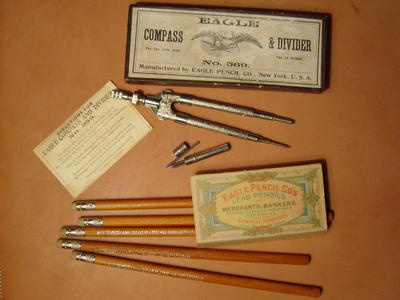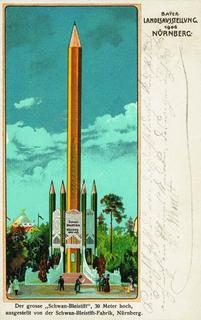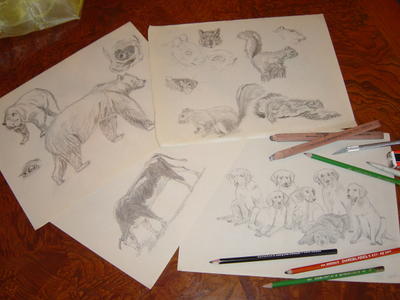http://calcedar.com/wp-content/uploads/2005/08/25804983_3824cb2b29.jpg
266
400
WoodChuck
http://calcedar.com/wp-content/uploads/2017/02/logo.png
WoodChuck2005-08-30 18:11:002017-02-23 18:04:56The Pencil as Art
http://calcedar.com/wp-content/uploads/2005/08/Locking-China.jpg
213
320
WoodChuck
http://calcedar.com/wp-content/uploads/2017/02/logo.png
WoodChuck2005-08-29 18:29:002017-02-23 18:04:56Pencil Anti Dumping Duties: Are Changes in the Air?
http://calcedar.com/wp-content/uploads/2005/08/coins.jpg
250
184
WoodChuck
http://calcedar.com/wp-content/uploads/2017/02/logo.png
WoodChuck2005-08-25 02:38:002017-02-23 18:04:56Pencil Anti-Dumping Duties: Primer
http://calcedar.com/wp-content/uploads/2005/08/DSC07976.jpg
300
400
WoodChuck
http://calcedar.com/wp-content/uploads/2017/02/logo.png
WoodChuck2005-08-21 14:54:002017-02-23 18:04:56Explore the World of Pencil Collecting
http://calcedar.com/wp-content/uploads/2005/08/Scwhans-Tallest-Pencil1.jpg
320
201
WoodChuck
http://calcedar.com/wp-content/uploads/2017/02/logo.png
WoodChuck2005-08-17 04:14:002017-02-23 18:04:56We're a Proud Bunch: Who's Got the Biggest Pencil?
http://calcedar.com/wp-content/uploads/2005/08/DSC07958.jpg
300
400
WoodChuck
http://calcedar.com/wp-content/uploads/2017/02/logo.png
WoodChuck2005-08-13 14:46:002017-02-23 18:04:57We make them, but how do we use them?
http://calcedar.com/wp-content/uploads/2017/02/logo.png
0
0
WoodChuck
http://calcedar.com/wp-content/uploads/2017/02/logo.png
WoodChuck2005-08-12 20:33:002017-02-23 18:04:57US Pencil Imports Continue Growth
http://calcedar.com/wp-content/uploads/2005/08/06seal111.jpg
189
199
WoodChuck
http://calcedar.com/wp-content/uploads/2017/02/logo.png
WoodChuck2005-08-08 21:48:002017-02-23 18:04:57What's the Value of Pencil Certification?
http://calcedar.com/wp-content/uploads/2017/02/logo.png
0
0
WoodChuck
http://calcedar.com/wp-content/uploads/2017/02/logo.png
WoodChuck2005-08-05 19:54:002017-02-23 18:04:57Timberlines Awakens
Scroll to top





 This post continues a series of Timberlines articles discussing the impact various world trade issues and practices have upon the Pencil Industry. In my previous
This post continues a series of Timberlines articles discussing the impact various world trade issues and practices have upon the Pencil Industry. In my previous 









 Other programs like the
Other programs like the